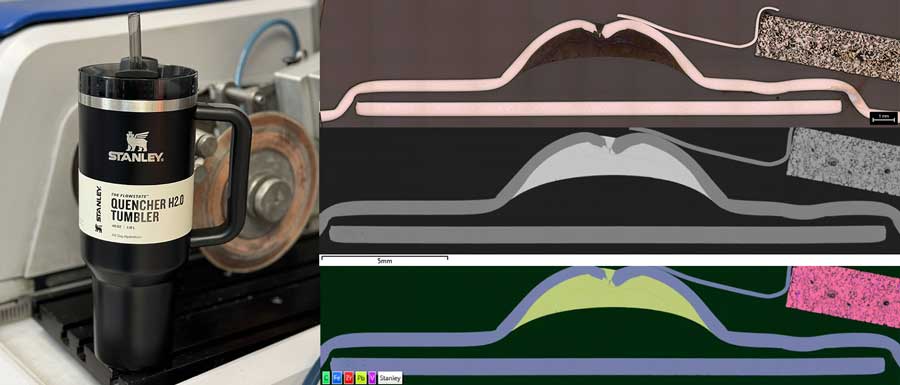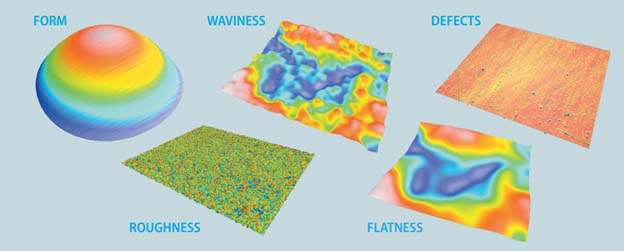With Halloween approaching, candy sales are at their peak in the U.S., and much of it is going to kids. This raises the question: do the wrappers that contain these treats pose any risks? Before diving into that, let’s take a quick look at the history of candy wrappers.
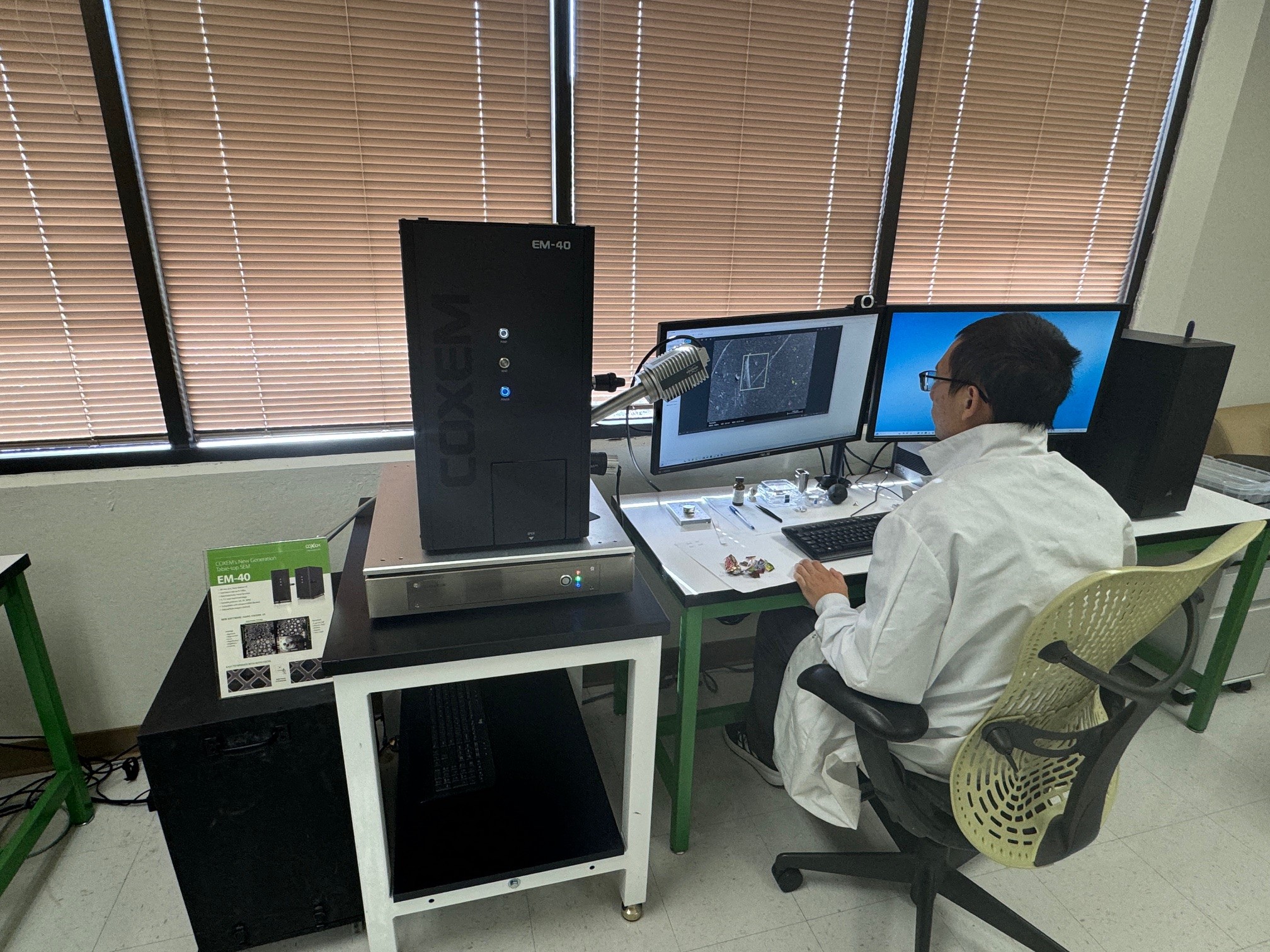
A Brief History of Candy Wrappers
The origins of candy wrappers date back to ancient civilizations, where sweets were wrapped in leaves, paper, and beeswax for transportation and storage. In the early 1800s, candies were typically sold in bulk or without packaging. It wasn’t until the late 1800s that candies began to be packaged in boxes, allowing for more creative designs and branding.
Notable moments in the evolution of candy wrappers include:
• 1913: Businesses started experimenting with new materials like cellophane and wax paper.
• 1942: Hershey’s discontinued the foil inner wrap for its milk chocolate bars.
• 2003: Hershey’s transitioned to a single fin-seal film wrapper to enhance freshness.
The design of a candy wrapper can be just as important as the product itself, serving as a key marketing tool for the candy industry.
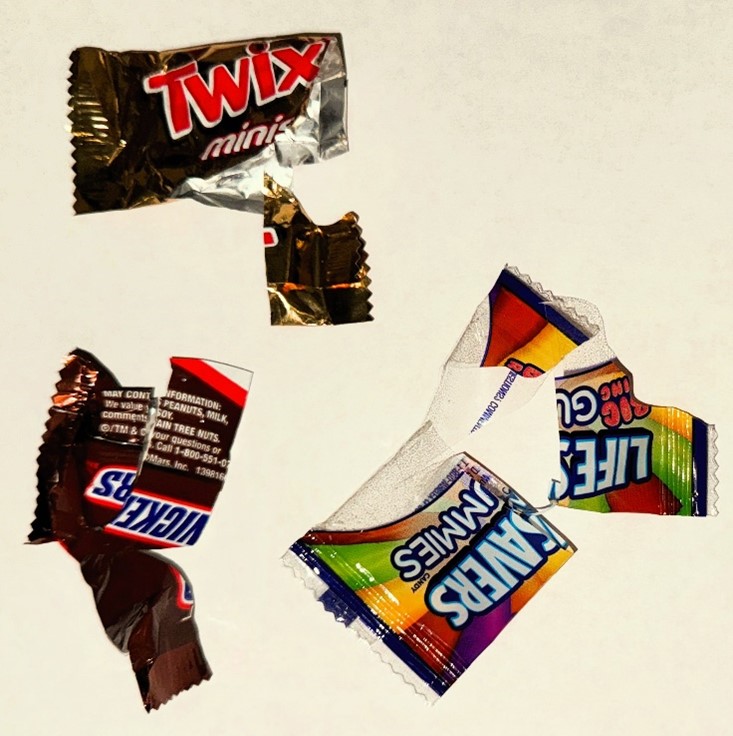
At JH Technologies, many of our staff are preparing to take their kids trick-or-treating this year, expecting a mountain of candy and the inevitable desire to consume it all at once. While we can’t help with the parenting challenge of moderation, we can clarify whether the wrappers pose any threats. To investigate, I asked our materials engineers to study the chemical composition of the inside of these candy wrappers. I supported this project by emptying the wrappers of their contents myself, ensuring no biases influenced the engineers’ analysis.
Study Methodology
Wrapper samples were prepared by cutting small pieces and coating them with a thin layer (3.5 nm) of gold-palladium for effective imaging in our tabletop scanning electron microscope (SEM). Each wrapper displayed unique characteristics based on the candy it contained. We captured images and conducted Energy-dispersive X-ray spectroscopy (EDS) analysis. EDS is a widely used technique that identifies and quantifies elements in a sample, often in conjunction with SEM or scanning transmission electron microscopy (STEM) to create elemental maps.
The resulting images and graphs detail the detected elements and the proportions in each sample area.
LifeSavers
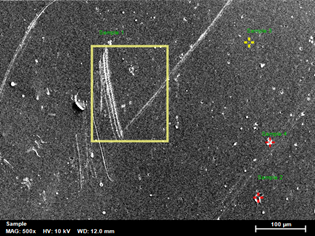
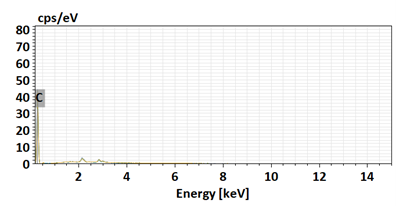
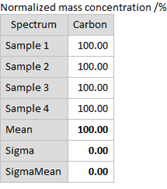
Twix
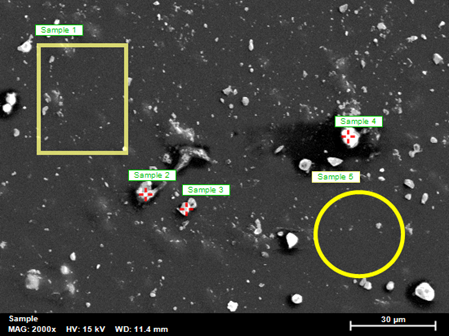
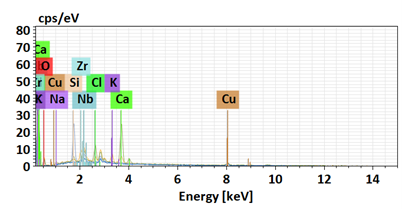
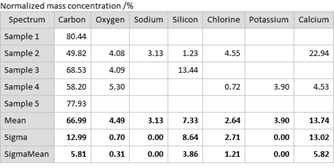
Snickers
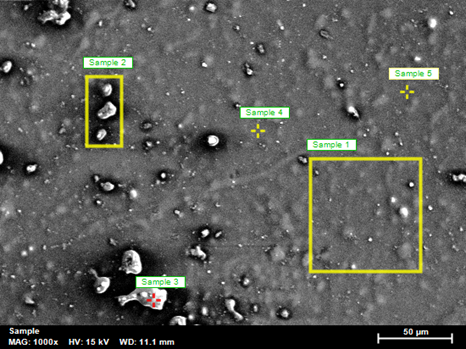
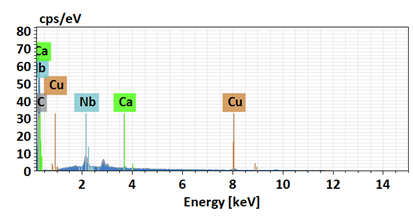
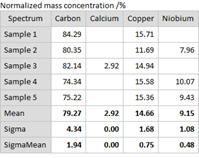
What Does This Mean for Your Kids?
The good news is that your children are safe! The elements found in candy wrappers are harmless, as long as they remove the candy from the packaging. The real concern comes if they attempt to eat the wrappers themselves—this is where a firm “NO” is essential.
Candy wrappers are colorful, engaging, and designed to entice both kids and adults. Can you imagine getting your candy in a leaf, beeswax, or plain white paper. We’ve come a long way thank goodness!
In conclusion, today’s candy wrappers are chemically safe, so parents can feel confident as their kids enjoy their treats this Halloween!
Happy Halloween from all of us at JH Technologies.
If you have questions or need assistance with your sample preparation process, please use the form on this page to contact us. Or, give us a call at (408) 436-6336.

